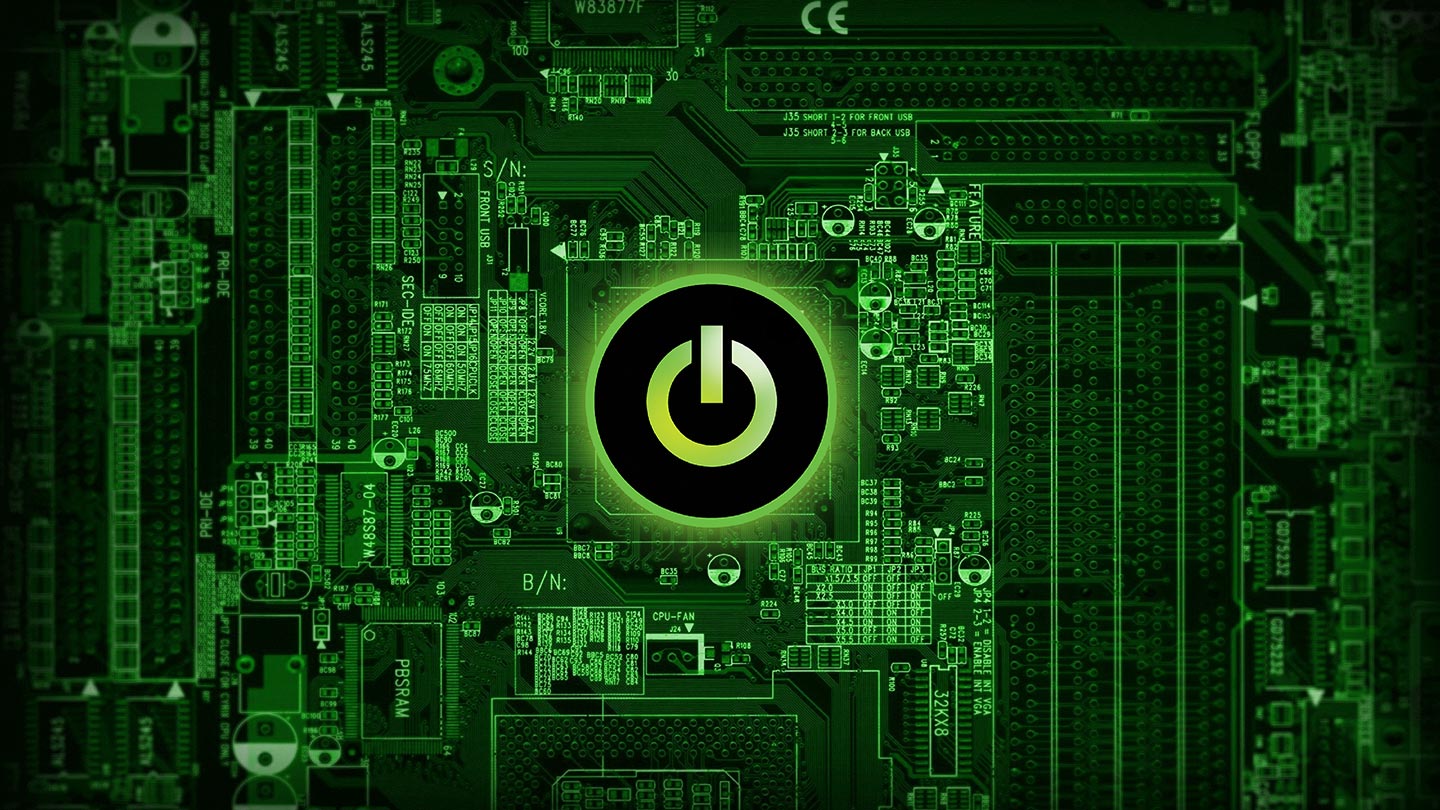
Typically when we think of printing, we think of flat pieces of paper. You know, the two-dimensional certificates of achievement that reinforce that, today at least, the laser printer didn’t jam. But what about printing in three dimensions? If you’re wondering how 3D printing works, read on.
Although 3D printers aren’t quite ubiquitous [yet], there’s no denying that talk of 3D printing is everywhere. So, what is 3D printing, anyway, and how does it work?
From complex biomedical devices to more mundane objects such as ceramic cups and toys, 3D printers can make just about any type of object. A single printer produces everyday things from all manner of materials, thereby replacing traditional manufacturing and production lines.
Why is it called printing?
If you’ve ever found your fingers black from that soot-like powder that comes with changing the cartridge on the laser printer, you already have part of your answer.
Don’t believe it?
Take a closer look at those pie charts and histograms in that quarterly report you just ran off. They’re sitting on the surface of the paper. If you print that same report over and over again—with any luck, you’ll avoid another calamitous paper jam—you’d eventually build up enough layers of that powder to create a solid 3D model of each wedge of your impressive pie chart.
No, really. How do 3D printers work?
If you thought the pie chart analogy was confusing, get ready to reverse engineer bread.
When you get a loaf of fresh bread from the bakery, you may need to ask someone to slice it for you. When printing an object in three dimensions, a 3D printer analyzes a model—say your loaf of bread—then it determines how to make it slice by slice. Each of the 2D layers is stacked on the previous layer, eventually forming a solid object.
By repeatedly printing over the same area in what’s called fused depositional modelling (FDM), a 3D printer produces a three-dimensional model one cross-sectional layer at a time, from the bottom up. Precisely guided and controlled by a computer, a tiny nozzle on the printer extrudes a filament of molten plastic. Adhesive or ultraviolet (UV) light then fuses the layers together.
These individual layers can be very complex, allowing 3D printers to create moving parts. This design flexibility makes it possible to print robotic arms and medical prostheses that include gears, wheels and hinges.
What does 3D printing mean to me?
Imagine that you’ve decided to push the laser printer cum paper shredder off the edge of the table. (No judgment here. Honest. We hate paper jams too.)
It doesn’t smash into a bazillion pieces, but, sadly, you did manage to bust the little doohickey that … Well, who really knows what it’s for, but it looks important.
Great. Now you need a new doohickey, and your printer is obsolete. Nice going, Einstein.
With a 3D printer, you can print a new part to replace the one you broke. Once you’ve mastered that, you can perhaps move on to more ambitious projects. Using computer-aided design (CAD) software, you can design models you can touch, hold and feel. Gone are the days of building model airplanes or toy ships from wood, brittle plastic or little pieces of card! You’re limited only by your imagination and your modelling skills! The accuracy of the model from which you print, the precision of your printer and the materials used to print will also have a bearing on the final result.
Although we likely can’t help you choreograph the happy dance you do each time you successfully print something, we can help direct you to local Makerspaces where you can learn more about 3D printing.
Oh, and we can also help you with that troublesome laser printer and other issues with your computer and various peripheral devices. Contact us today to learn about our prompt on-site technical support.
Liked this article?
We are adding more useful articles to our blog every week! Join our subscribers to stay up to date on digital security, marketing, and social media trends.
By entering your email, you agree to receive our monthly newsletter. You can unsubscribe at any time!


